Industry information
Company News
- Aluminum veneer curtain wall: the fashionable coat of modern architecture
- Aluminum veneer: the magician of light and shadow in modern architecture
- Unveiling the Charm and Construction Details of Aluminum Veneers in Curtain Walls
- Punched aluminum veneer: the new favorite of fashionable architecture, revealing its unique charm!
- Customized aluminum veneer, creating a new choice for personalized space
Industry dynamics
- Fluorocarbon aluminum veneer: a perfect combination of fashion and durability
- Fluorocarbon aluminum veneer: the "invisible warrior" of modern architecture
- Hyperbolic ceiling aluminum veneer makes buildings more artistic
- Design and construction techniques of hyperbolic exterior aluminum veneer
- Aluminum veneer, creating a new style of modern architecture!
Frequently asked questions
- Can aluminum veneer be applied to the exterior design of sports buildings?
- What is the thermal insulation performance of aluminum veneer?
- What are the maintenance methods for aluminum veneer?
- Is the use of aluminum veneer limited by geographical environment?
- Can aluminum veneer be used for building canopy design?
contact us
Mobile:+86 15627778610
Email: 2201229786
Address: No. 5 Binjiang Road, High tech Zone, Zhaoqing City, Guangdong Province
What are the sustainable development indicators of aluminum veneer in building exterior design?
- Author: Xinlongtai Aluminum Industry (Guangdong) Co., Ltd
- Release time: March 15, 2025 19:30:22
- Click:0
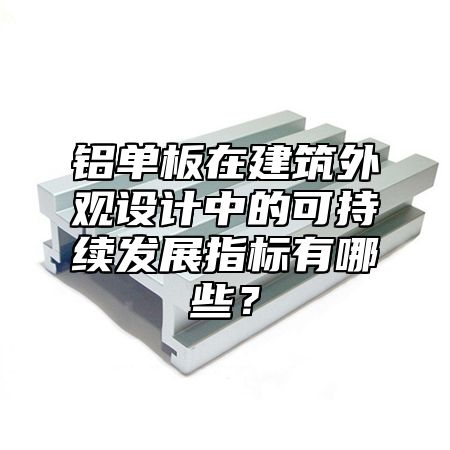
With the increasing emphasis on sustainable development, sustainable development indicators in building exterior design are also receiving more and more attention.Aluminum veneerAs a new type of exterior wall decoration material, it has great potential for sustainable development. Let's take a detailed look at the sustainable development indicators of aluminum veneer in building exterior design.
1、 Energy conservation and environmental protection
Aluminum veneer, as a green and environmentally friendly material, has excellent energy-saving and environmental performance. The production process of aluminum veneer does not generate a large amount of pollutants and exhaust gases, and has a relatively small impact on the environment; Aluminum veneer has a low thermal conductivity, which can reduce the energy consumption of buildings; Aluminum veneer has good breathability, which can improve indoor air circulation and reduce the use of air conditioning. When selecting and applying aluminum veneer, it is necessary to consider its energy-saving and environmental performance in order to achieve the sustainable development goals of building exterior design.
2、 Reusable
Aluminum veneer has good reusability. Due to its lightweight and high-strength nature, aluminum veneer can be disassembled and assembled multiple times to achieve the goal of reusability. For example, in the design of commercial buildings, aluminum veneer can be combined with other building materials to create a unique "steel forest" effect; In the design of residential buildings, aluminum veneers can be combined with glass curtain walls to create a unique "interplay of light and shadow" effect. These innovative designs not only improve the aesthetics and viewing of buildings, but also enable the reusability of aluminum veneers, reducing resource waste and environmental pollution.
3、 Circular economy
Aluminum veneer can also achieve the goal of circular economy. Due to the fact that aluminum veneer can be disassembled and assembled multiple times, a circular economy can be achieved through recycling and reuse after the end of its service life. For example, in some countries and regions, the government has introduced relevant policies and standards for recycling and reuse, encouraging the adoption of circular economy concepts and technologies, such as the recycling and reuse of materials such as aluminum veneer. When selecting and applying aluminum veneer, its circular economy performance needs to be considered to achieve the sustainable development goals of building exterior design.
The sustainable development indicators of aluminum veneer in building exterior design mainly include energy conservation, environmental protection, reusability, and circular economy. By selecting and applying aluminum veneer materials reasonably, more sustainable development opportunities and possibilities can be brought to building exterior design. It is also necessary to select aluminum veneer products and service providers that are suitable for local characteristics based on actual situations and specific needs, in order to ensure the safety, stability, and aesthetics of buildings.

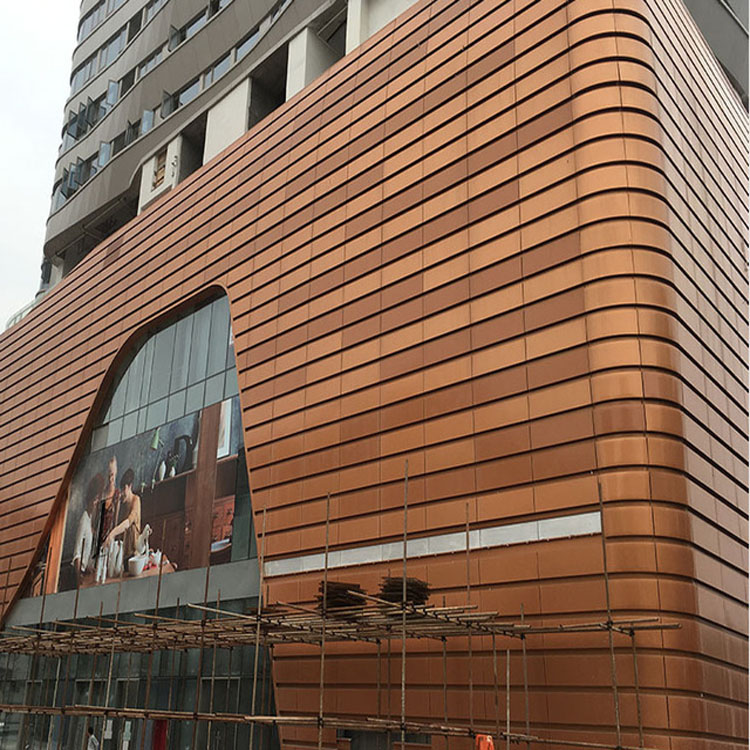
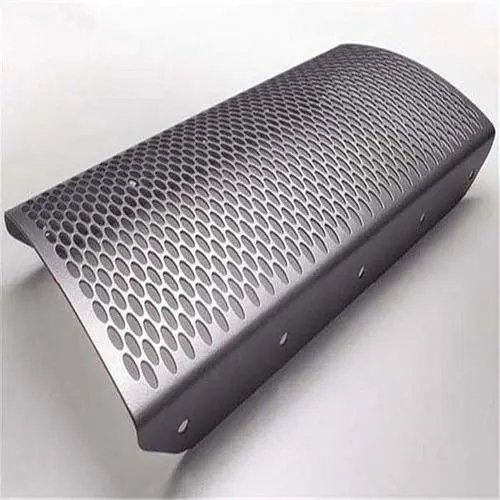

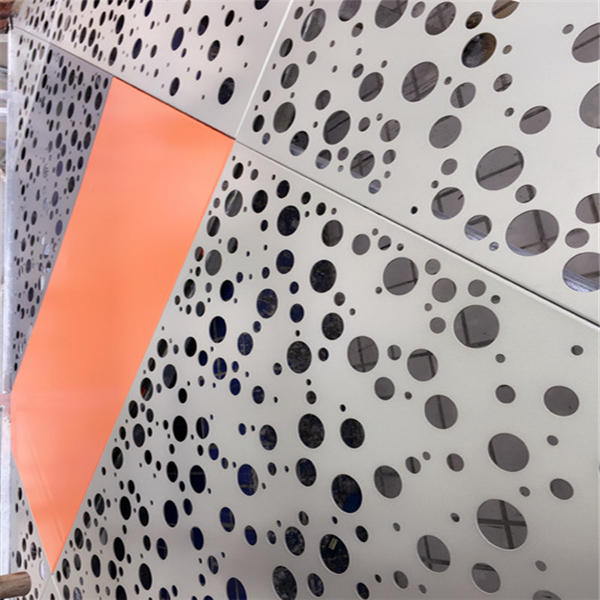
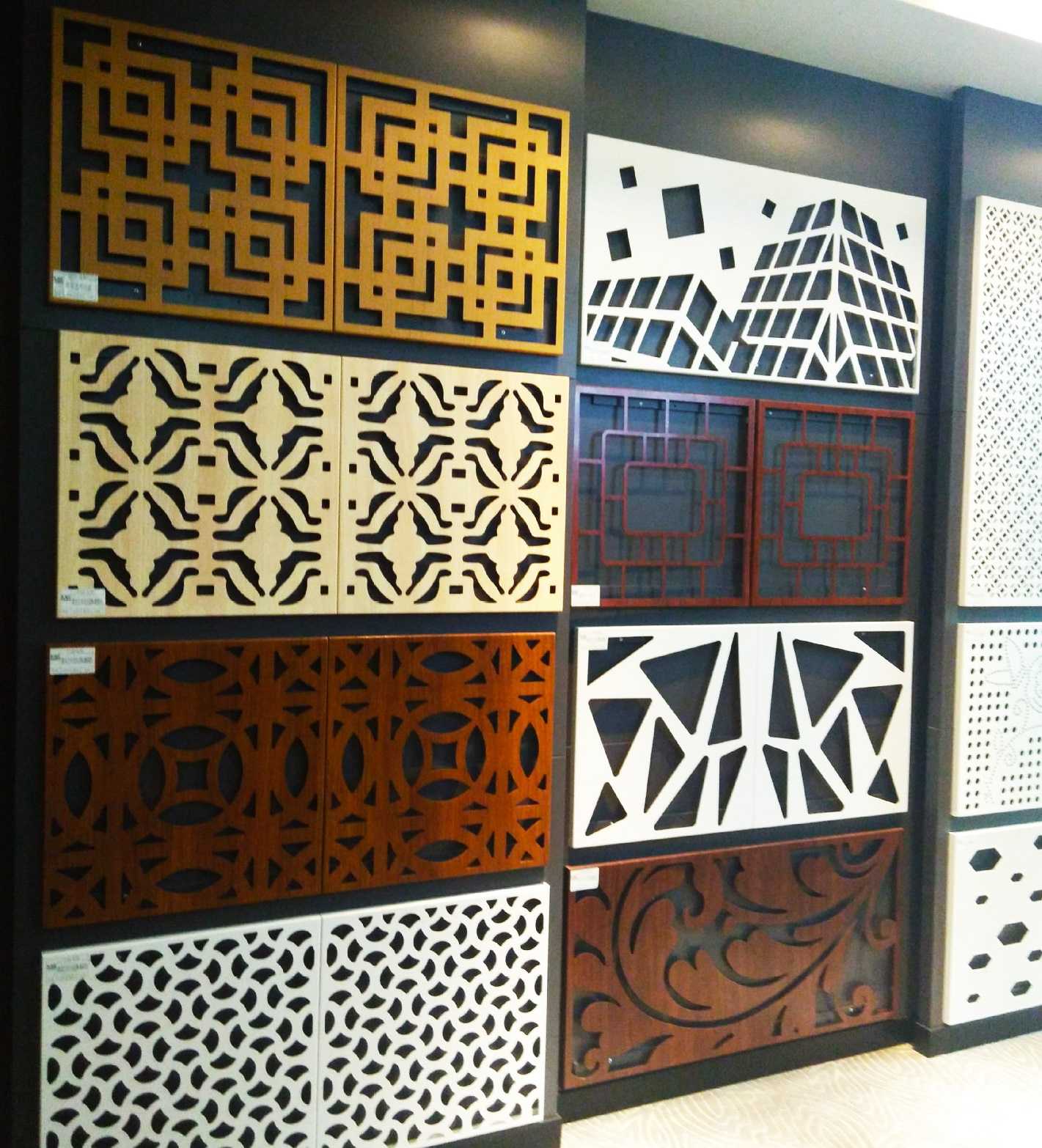
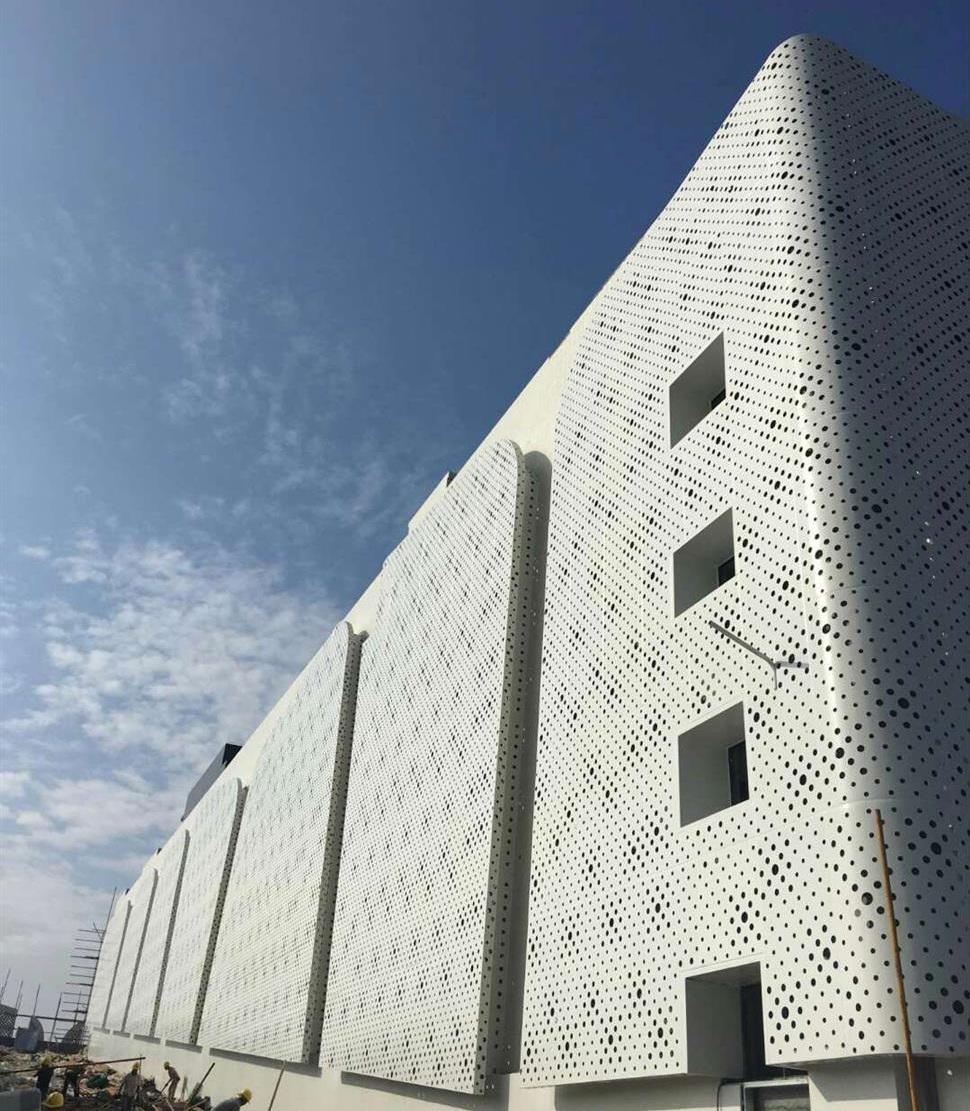
 Customer service QQ
Customer service QQ